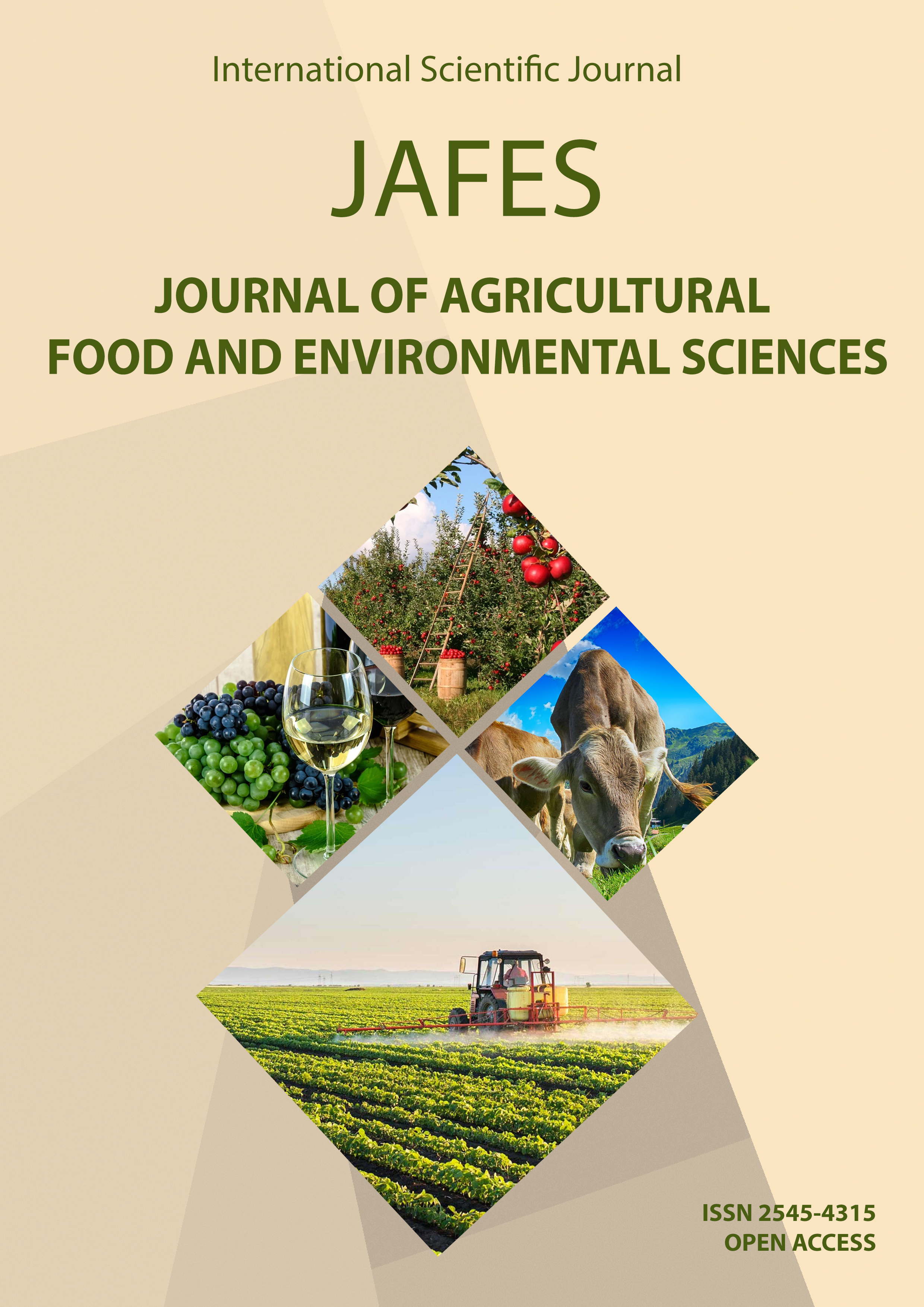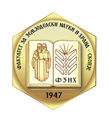DETERMINATION OF MINERALS IN SPRING WATER IN SOUTHWESTERN AND PELAGONIA REGION OF NORTH MACEDONIA
Keywords:
atomic absorption spectrometry, mineral content, spring water, waterAbstract
Spring water quality can vary widely with geography, geology, and proximity of pollution sources. In the rural area, the population more often consumes spring water then in urban area. Because of that, there is a need to make a regular assessment of the water quality and prevent its consumption in the case of presence of mineral and organic species in concentrations that are higher than those recommended by the World Health Organization (WHO). In this work spring water from 5 springs in southwestern and Pelagonia region was analyzed for mineral content (Ca, K, Mg, Mn, Fe, Cu) by Atomic Absorption Spectrometry. The obtained results point out that the concentration of manganese in each sample is higher than the maximum acceptable concentration for manganese in drinking water (0.05 mg/L). Especially in the sample 5, where the concentration of manganese is 1.73 mg/L. In this water sample, also the concentration of potassium (80.22 mg/L) is very high compared with the other samples. The concentration of iron is in the range of acceptable values, except for the sample 5 where its concentration is 6.41 mg/L which compared with the maximum acceptable concentration for iron (0.2 mg/L) is very high. The pH value for all samples was in the allowed range.



